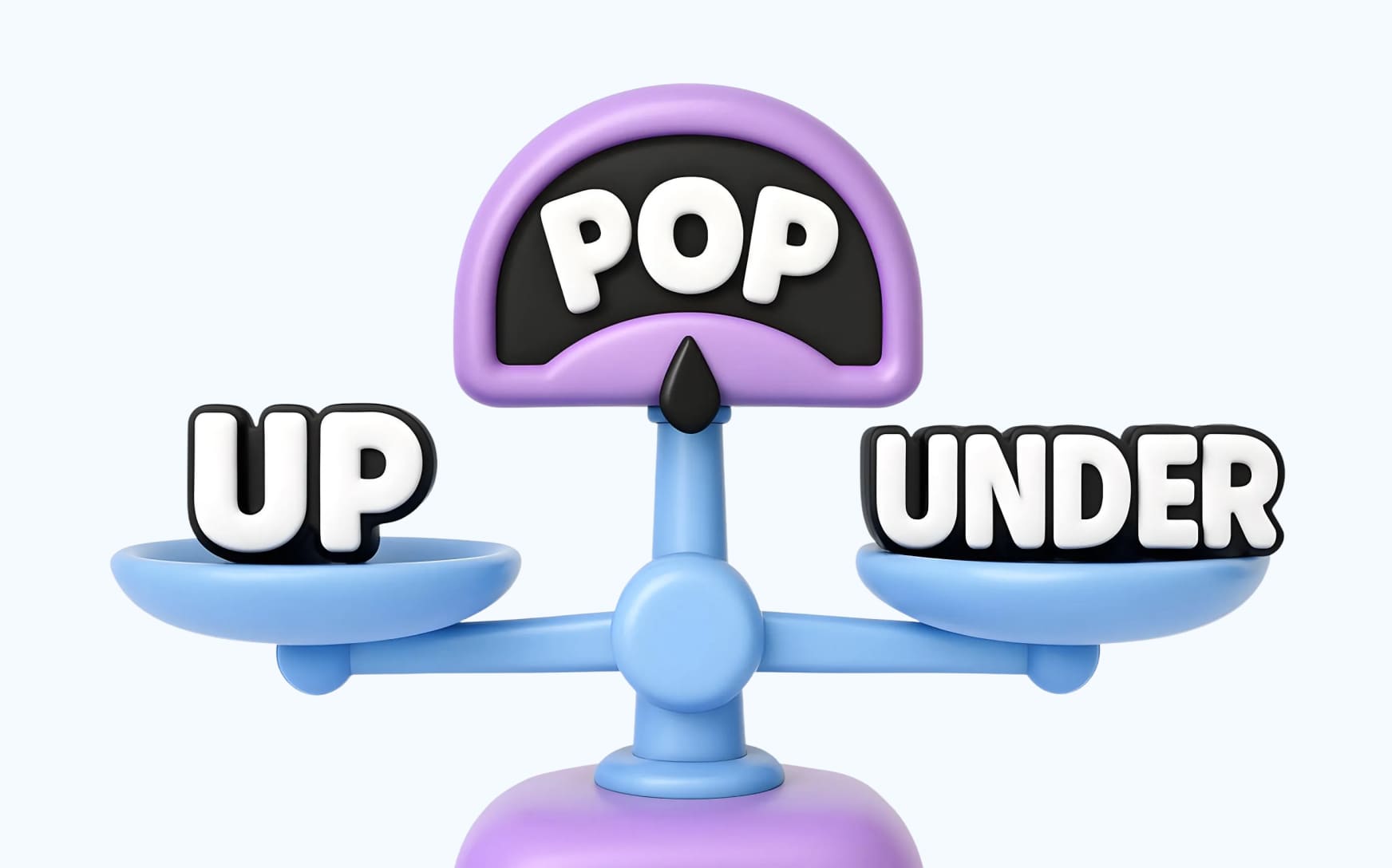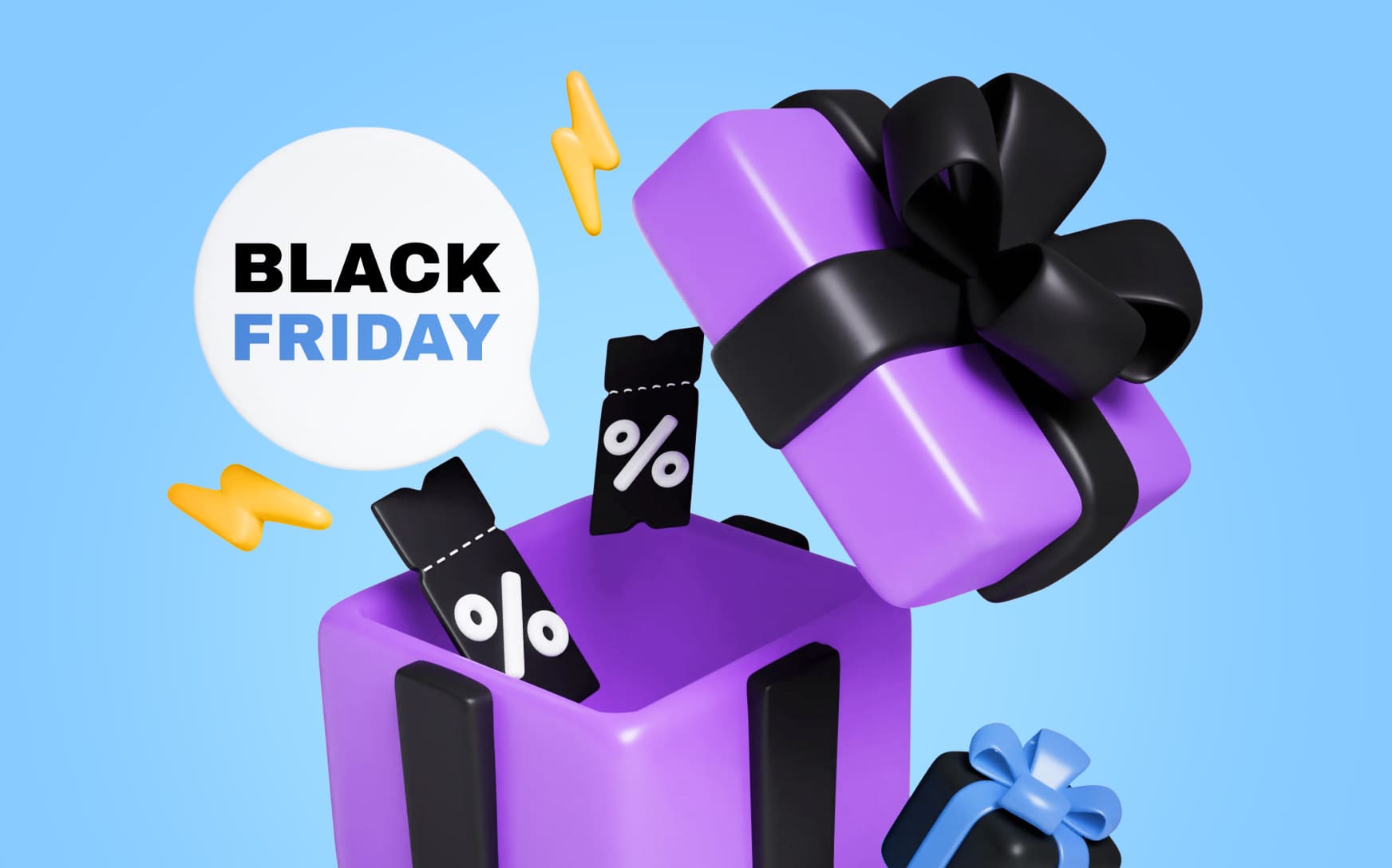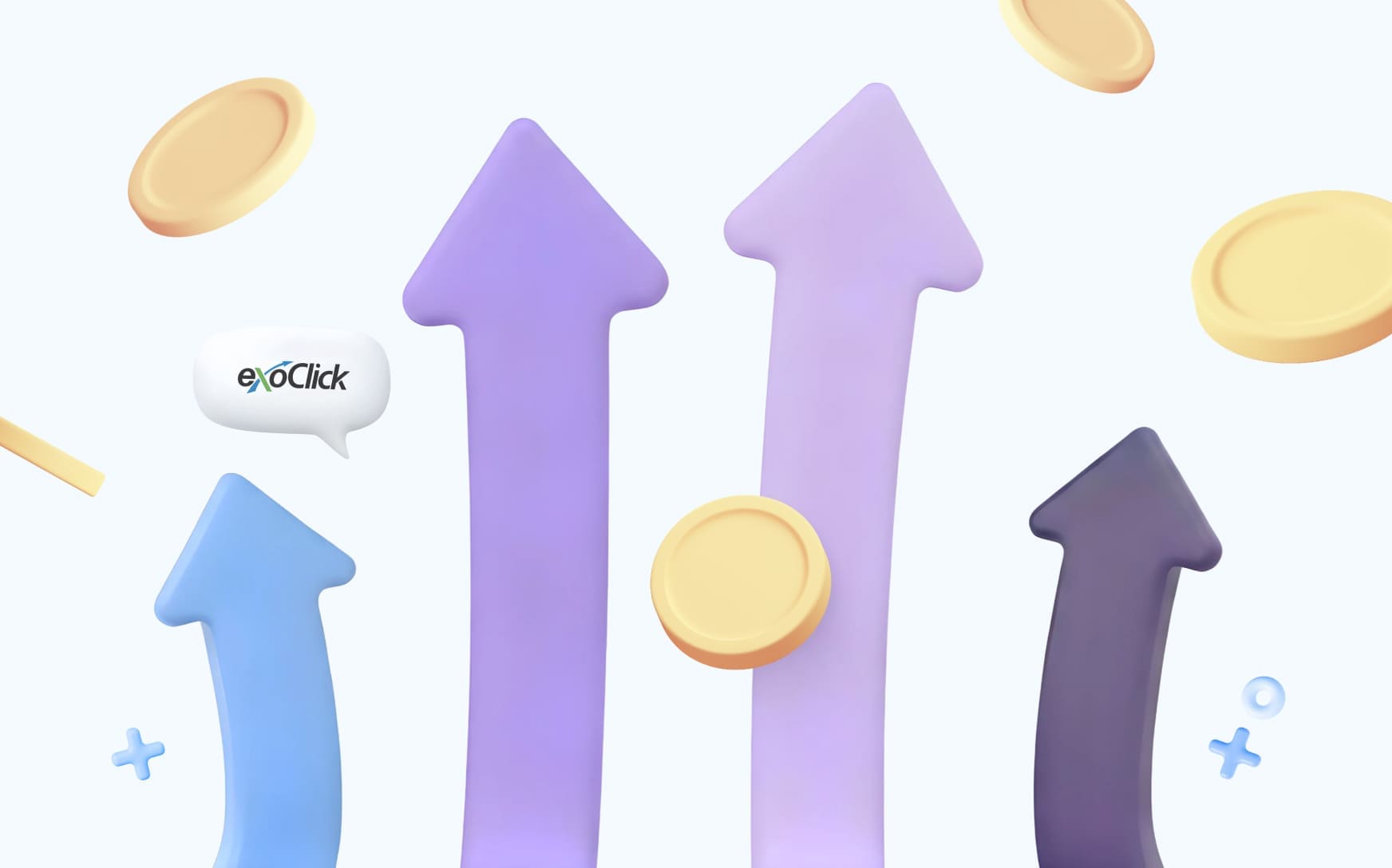Pre-landing Page (Prelander)
In affiliate marketing, getting a user to click is only the beginning. What happens between the click and the conversion is where real profits are made — and that’s where the pre-landing page comes in.
So, what is a pre-landing page? In simple terms, it’s a bridge. Also known as a prelander, it’s the intermediate page users land on after clicking an ad but before reaching the actual landing page with the offer. It plays a strategic role in qualifying users, boosting engagement and conversion rates — especially when dealing with cold or broad traffic sources like push or pop ads.

For many affiliates, a well-crafted pre-landing page is the difference between a campaign that bleeds money and one that prints it.
In this guide, we’ll break down the pre-landing page meaning, its key functions in the affiliate marketing funnel, what elements make it effective and show real-world pre-landing page examples from high-performing verticals like gambling, dating, nutra and finance.
Ready to level up your funnel strategy? Let’s dive in.
Pre Landing Page Definition and Meaning
Let’s get the basics out of the way: What is the meaning of a pre-landing page in affiliate marketing?
A pre-landing page (also called a prelander) is a standalone page that appears before the main landing page. It doesn’t sell the product directly — instead it prepares the user for what’s coming next. Think of it as a warm-up act before the main show.
Pre Landing Page Definition:
A pre-landing page is an intermediate page used in affiliate marketing funnels to pre-qualify users, build curiosity and guide them towards a conversion on the main landing page.
It’s not about pushing a hard sale — it’s about framing the offer. This is known in affiliate terms as preframing and it’s one of the most underrated tools for increasing ROI.
Here’s how it works in a basic funnel:
Traffic Source (Push/Pop/Facebook/Native)→ Prelander→ Landing Page (Offer)→ Conversion (Signup, Sale, Deposit)

The job of the prelander is to:
- Grab attention
- Spark interest
- Pre-qualify the user
- Increase emotional involvement
- Filter out low-intent traffic
Without it you’re sending cold traffic straight to a hard sell — and burning budget in the process.
How Pre Landing Page Works in the Affiliate Funnel
To understand the pre-landing page real magic you need to see it as part of a bigger system. In affiliate marketing, every campaign is built on a performance funnel — a sequence of touchpoints that guide the user from click to conversion.
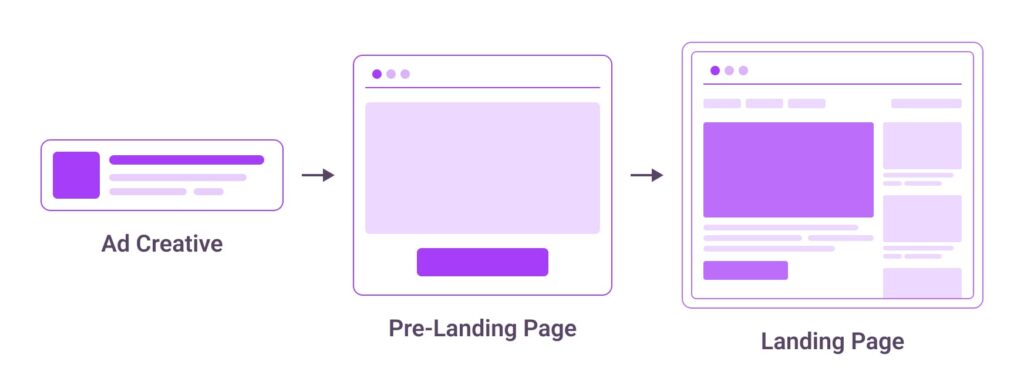
Let’s break down the classic funnel flow:
1. Ad Creative — The Hook
This is where the journey starts. The creative (banner, push notification, popunder trigger, or native ad) grabs the user’s attention with a strong headline or image. But at this point, intent is usually low. The user is curious — not convinced.
2. Pre-Landing Page — The Preframe and Filter
Here comes the prelander — the first real piece of content.
Its job is to preframe the offer, setting expectations and emotionally engaging the user. It works as a converter for cold or skeptical traffic, warming them up with social proof, storytelling, interactive tools or teaser information.
Without this step you’re sending raw, unqualified traffic straight to your landing page — leading to bounces, low CR and wasted spend.
3. Landing Page — The Offer
This is the core offer page: signup, deposit, purchase or download. The user here is more informed and emotionally ready to act — if the prelander has done its job right.
Visualizing the Funnel:
| Step | Role | Goal |
| Ad Creative | Attract attention | Hook with visual, headline |
| Pre-lander | Qualify + Engage (Preframe) | Warm up user, filter, build desire |
| Landing Page | Convert | Push action (register, buy, etc.) |
In short, the pre-landing page is the “missing middle” — the glue between the click and the conversion. Without it, especially on broad traffic most users won’t be ready to say yes.
Why Use a Pre-landing Page in Affiliate Marketing Funnels
In performance marketing, it’s not enough to drive clicks — you need to convert them. That’s where the pre-landing page becomes a game-changer. Especially in verticals like gambling, nutra, or finance, where user skepticism is high and offers are aggressive, a prelander acts as a converter that makes your funnel profitable.
Let’s break down why the pre-landing page in affiliate marketing is essential.
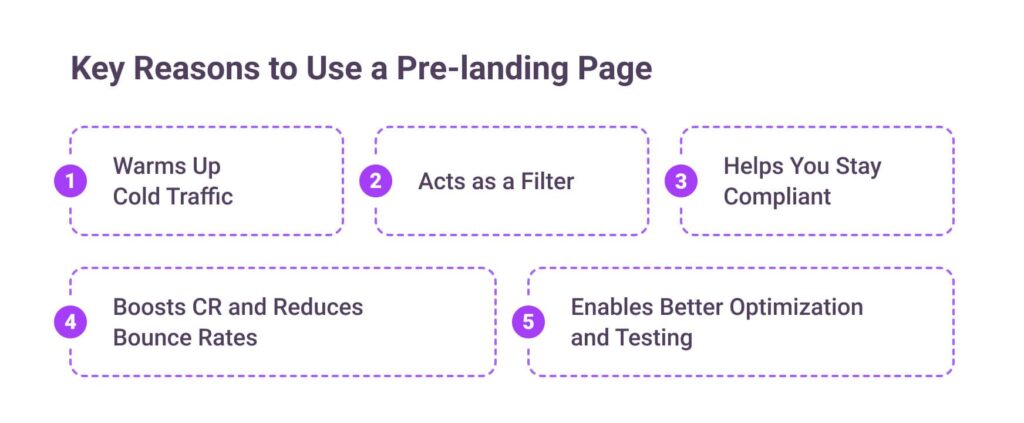
🔥 1. Warms Up Cold Traffic
Push, pop and native ad formats are notorious for delivering cold, uninterested traffic. These users didn’t search for your product — they just clicked out of curiosity or impulse.
A pre-lander helps you:
- Create emotional relevance
- Deliver the first “yes” in a conversion sequence
- Build rapport before the pitch
It’s the equivalent of warming up your audience before asking them to buy.
📊 2. Boosts CR and Reduces Bounce Rates
By qualifying users and setting expectations prelanders increase conversion rates and reduce bounce rates on the final landing page.
For example:
- On ROIads, push campaigns well-optimized prelanders increased CR by up to 35–40%
- Bounce rates dropped significantly (especially on pop traffic) when a quiz-based preframe was used
🔍 3. Acts as a Filter
Not every user should reach your offer page.
That’s why a preframe is critical — it filters out low-intent or irrelevant users, saving your budget and improving post-click metrics.
Example: If a prelander contains a simple eligibility question like “Are you over 21?” that alone can help eliminate bad clicks before you pay for the real action.
⚙️ 4. Enables Better Optimization and Testing
Because the pre-landing page is a separate asset, you can:
- A/B test headlines, visuals, CTAs and interaction mechanics
- Segment user behavior more granularly
- Apply Micro bidding in platforms like ROIads to scale sources that perform best after prelander clicks
💡 5. Helps You Stay Compliant
In some niches (like crypto or nutra) going straight to the offer can trigger ad disapprovals or compliance issues.
A prelander can mask, soften or reframe the offer in a way that keeps you under the radar while still priming the user.
In short, the pre-landing page is your conversion insurance policy. If you’re spending real money on traffic, skipping the prelander step is like skipping the warm-up before a fight — and hoping you don’t get knocked out on the first punch.
Key Elements of a High-Converting Pre-Landing Page (with Examples)
A successful pre-landing page in affiliate marketing isn’t random — it’s built with purpose.
What is pre-landing page content supposed to do? Every element on the page works together to grab attention, spark curiosity and push the user to action.
Let’s break down the core components of a high-converting prelander.
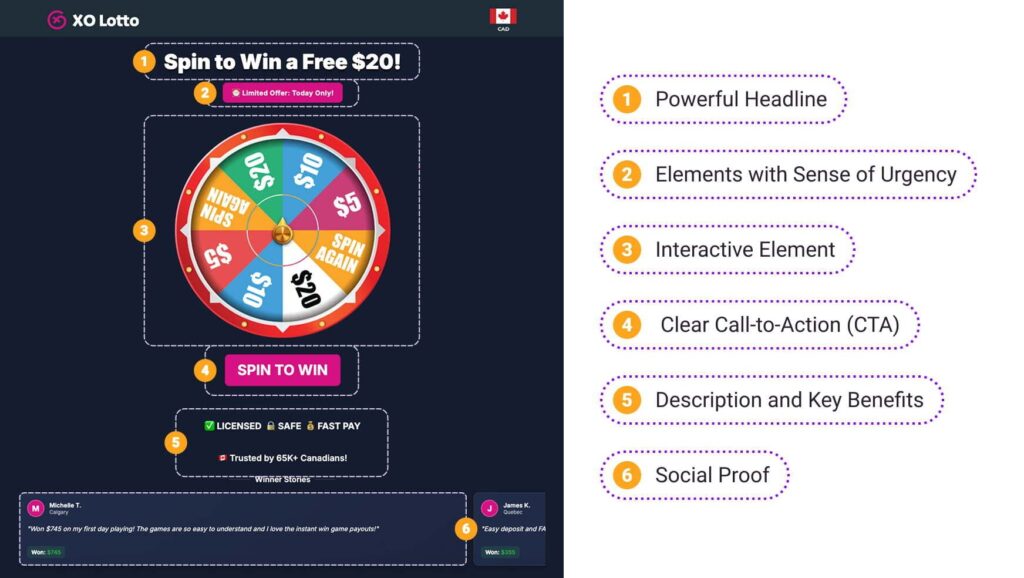
1. Powerful Headline
“Spin to Win a Free $20!”
This is the first thing users see — it needs to be clear, bold and benefit driven. The headline sets the tone and creates immediate motivation to engage.
💡 Why it works: It promises something tangible and free, triggers both emotional and rational interest.
2. Sense of Urgency or Scarcity
“Limited Offer: Today Only!”
Urgency is a powerful motivator. When users feel like they might miss out they act faster. Phrases like “limited time”, “only today” or “spots left” drive higher CTR.
💡 Affiliate tip: Try dynamic countdowns or auto-refreshing timers for even stronger urgency signals.
3. Interactive Element (Gamification)
The prize wheel (“Spin Again”, “$10”, “$20”)
Interactive content keeps users engaged longer and makes them feel involved in the process. This emotional investment leads to higher conversions later.
Examples of interactive preframe elements:
- Spin wheels
- Quizzes
- Personality tests
- Surveys
- Scratch cards
💡 Bonus: These elements also help segment users before the landing page.
4. Clear Call-to-Action (CTA)
“Spin to Win”
The CTA must stand out visually and textually. It tells the user exactly what to do next — and sets expectations about what they’ll see on the landing page.
Effective CTAs for prelanders:
- “Check Eligibility”
- “Start Quiz”
- “Continue to Offer”
- “Reveal My Prize”
5. Description and Key Benefits
“Licensed | Safe | Fast Pay” + “Trusted by 65K+ Canadians!”
Reassure the user with brief, confidence-building preframes. These trust signals reduce doubt and show that the product or service is legit.
💡 Pro move: Add geo-targeted trust badges, like a flag, or use localized stats (e.g. “Users from Calgary love this game”).
6. Customer Reviews for Social Proof
Michelle T. from Calgary: “$745 on my first day!”
Nothing converts like real testimonials. Including user-generated reviews or even simulated winner stories creates instant trust and FOMO (fear of missing out).
Use quotes that:
- Emphasize emotional satisfaction (“I love it!”)
- Mention real results (“I won $355!”)
- Feel specific and local (city name, first name + initial)
📌 Example Summary: How It Works Together
| Element | Purpose |
| Headline | Capture attention |
| Urgency Label | Trigger action now |
| Interactive Spinner | Engage emotionally, entertain |
| CTA Button | Move user into funnel |
| Benefits/Trust Elements | Reduce friction, boost legitimacy |
| Reviews/Testimonials | Build trust, boost conversions |
When all these elements are combined in the right way — like in the example you provided — your pre-landing page becomes a converter. Especially for formats like push and pops where the first seconds decide everything.
Pre Landing Page Examples for Top Affiliate Verticals
Prelanders aren’t one-size-fits-all — they work best when tailored to the specific vertical you’re promoting. What engages a user in a gambling funnel won’t necessarily work in nutra or finance. The structure, messaging and interactivity should all reflect the user mindset and intent behind each offer type.
Each vertical has its own logic, emotional triggers and compliance boundaries — and the best prelanders reflect that. We’ve broken this down in detail in our article:
It covers gambling, betting, nutra, dating, finance, e-commerce and antivirus — showing what actually works, why and how you can apply those strategies to your campaigns today. Check it out to see real examples of winning preframe strategies that turn traffic into conversions.
Pre-lander vs Landing Page: What’s the Difference?
While they’re often confused — especially by beginners — a pre-landing page and a landing page serve completely different roles in the affiliate marketing funnel.
Understanding the difference between the two is key if you want to optimize conversions and make your ad spend pay off.
Let’s break it down.
Key Differences
| Aspect | Pre-lander | Landing Page |
| Goal | Warm up and qualify | Convert and close the action |
| Tone | Emotional, curiosity-based | Rational, factual, persuasive |
| Content | Engaging, interactive, teaser-like | Detailed, direct, product-focused |
| CTA | “Learn More”, “Spin to Win”, “Next” | “Register”, “Buy Now”, “Deposit” |
| Timing in Funnel | Between ad and landing page | Final step before conversion |
Why You Need Both
Using only a landing page might work for hot search traffic — but for cold sources like push, pop or native ads users need context, emotional buy-in and reasons to keep clicking. That’s where a pre-landing page becomes your converter.
Together the prelander + landing page is a seamless, psychologically optimized funnel. And if you’re using advanced tools like Micro bidding, AI bidding technology or segmentation in ROIads ad network, prelanders help you test and scale faster with better data.
Why Pre-landing Pages Matter More Than Ever in 2025
2025 is shaping up to be another year of evolution for affiliate marketing — and the competition for user attention has never been tougher. With stricter ad platform policies, higher traffic costs and more skeptical audiences it’s no longer enough to just run traffic to a landing page. If you want to win you need to optimize your entire funnel — and that starts with a prelander.
At ROIads, we’ve seen a big shift:
Affiliate marketers who actively use pre-landing pages in affiliate campaigns report higher engagement, lower bounce rates and better ROIs — especially on push and pop traffic.
Internal Data from ROIads Campaigns
- 35-40% increase in conversions on push campaigns that use targeted interactive prelanders
- 25% lower bounce rate on pop traffic when a quiz or gamified preframe is used
- Campaigns that split test 2-3 prelander variations per offer scale 2x faster with Micro bidding
- Prelanders with dynamic elements (timers, spin wheels, geo personalized copy) show much higher click to offer ratios
Final Thoughts: Master the Funnel with Pre-landing Pages
So what is pre-landing page strategy really about?
It’s about building intent before asking for action. In a world where users scroll fast, bounce quick and trust slow — the prelander is your secret weapon. It turns curiosity into clicks and clicks into qualified traffic.
Whether you’re promoting high competition offers in gambling, pushing nutra products or warming up leads for dating apps, a strong pre-landing page in affiliate marketing is your first real converter.
And when combined with advanced tools like Micro bidding, AI optimization and top-tier push/pop traffic from ROIads ad network — that’s when the magic happens.







